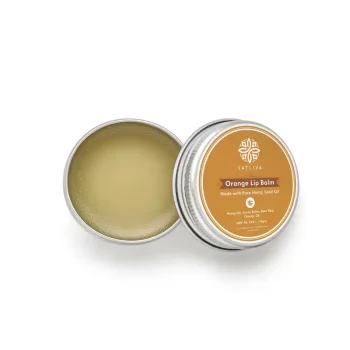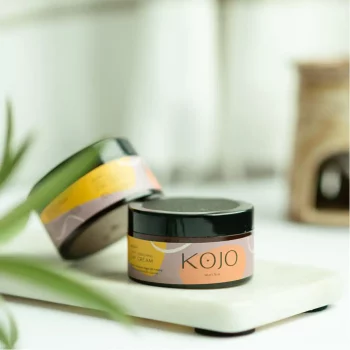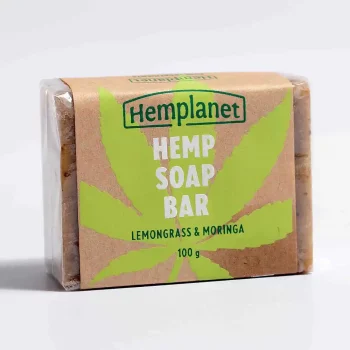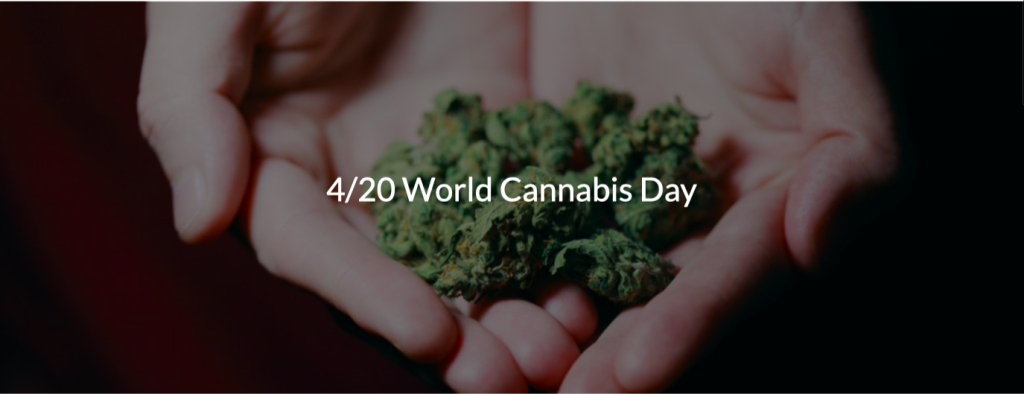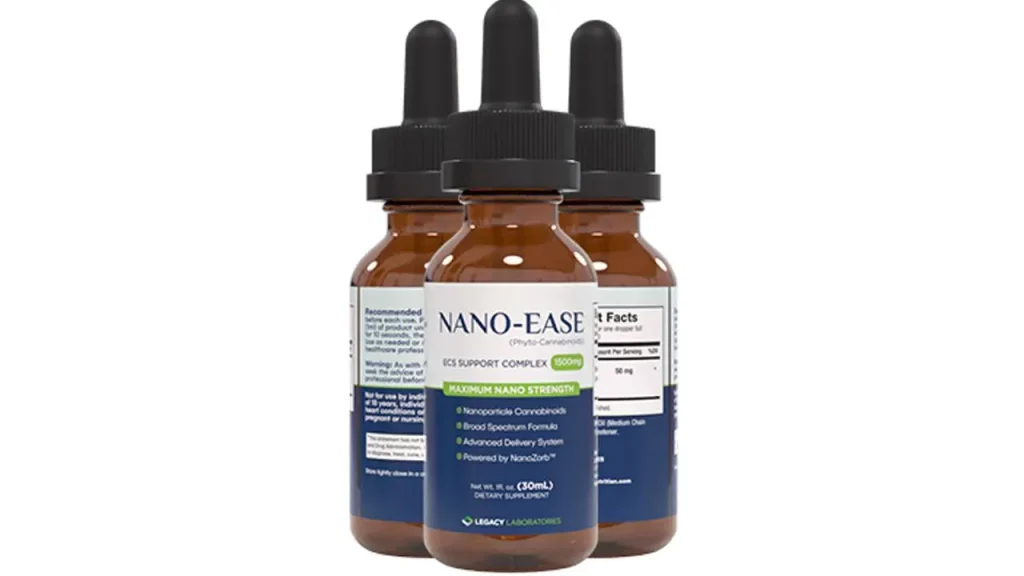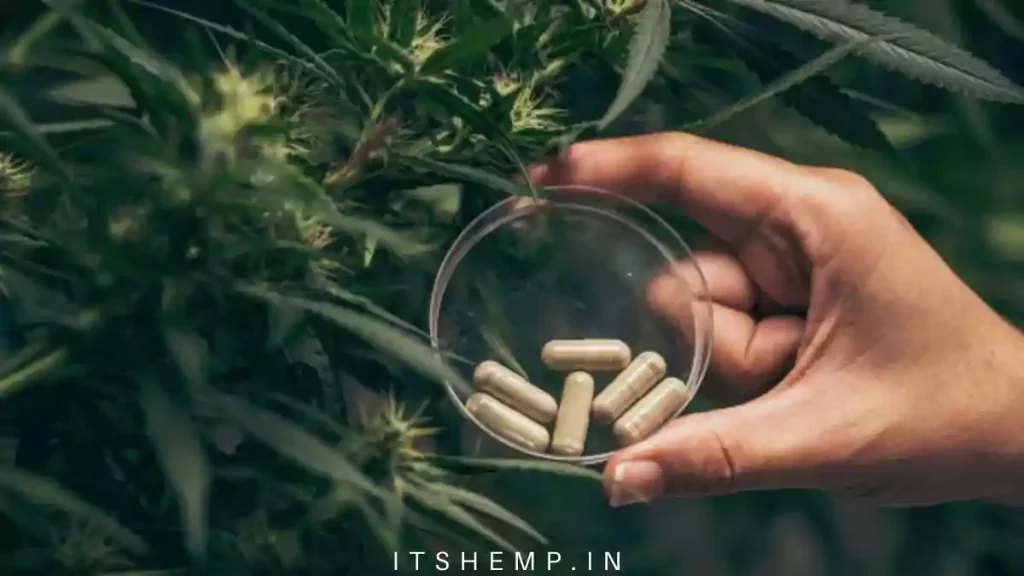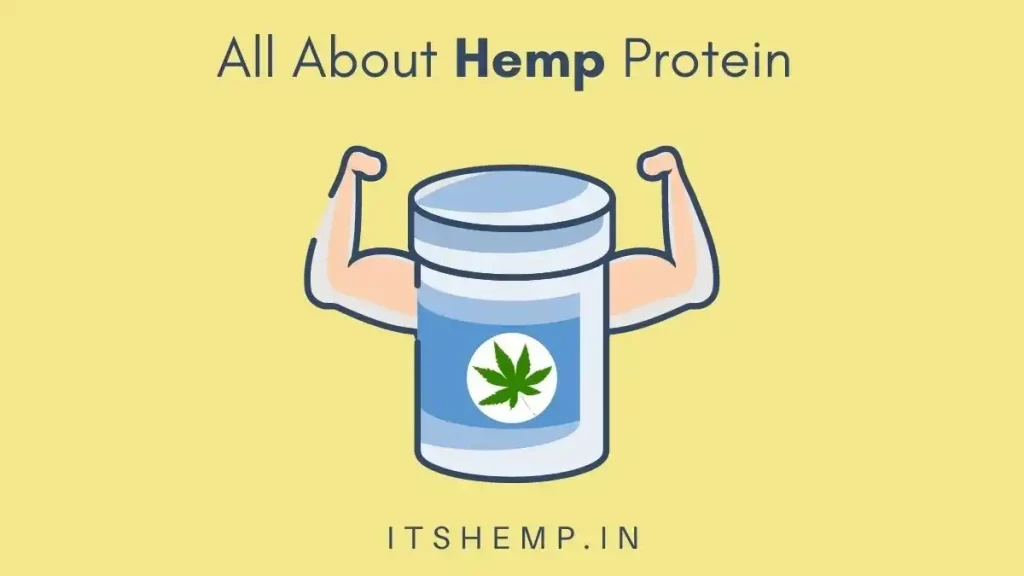
Isn’t it strange that a country with such Punitive taxation of 28% on Tobacco products and 18% on alcohol, allows the selling of a drug openly through government Licensed shops? How has it been possible that even after strict bans in the British regime, this drug was still set free from prohibitions? And how is it that even religions are not completely against its use?
India’s History has for centuries found a close association with Cannabis and in particular with its derivative called Bhang. It is indigenous to India and has been a part of our culture for the longest time. It is to date consumed as a drink on festivals esp. In Holi and Shivratri. Its consumption in the country is not a new phenomenon; rather it dates back to some 400 BCE, starting with its description in the Vedic canonical. Coming back to the present, according to ‘Magnitude of Substance Use in India, 2019’, released by the Ministry of Social Justice and Empowerment, more Indians use Bhang (2%) than they use Charas or Ganja(1.2%). States like Punjab, Sikkim, Uttar Pradesh, Chhattisgarh and Delhi have a higher prevalence of Bhang than any other states in India. But before we begin to understand such details and statistics we must understand what exactly is the meaning of ‘Bhang’.
So, What is Bhang?
For the answer, one must turn to NDPS policy, which governs its usage and defines it as an edible preparation made from the leaves of a wildly available herb called Cannabis sativa. Owing to herbal origins, Cannabis has some powerful constituents in it like Cannabinoids, Terpenes and Flavonoids. There are over 100 Cannabinoids recorded in Cannabis plants, two of the most popular being THC and CBD. When a cultivar’s THC content gets higher, i.e. more than 0.3%, it develops psychoactive tendencies, simply put, the ability to produce a ‘high’ after consumption. It is from such Cultivars that charas, Bhang, Hashish and ganja are derived. While Charas and Ganja are derived from parts of this plant, Bhang and Hashish are preparations made from the extracts of this plant. And Technically it is a preparation made solely from the leaves of the cannabis plant. It is made from male or female leaves, sometimes the flowering part of the male plant, largely by grinding the leaves and stems together to extract a ground mixture. It is thus not another cultivar, not another name, not another species but is a preparation made from a cultivar variety of Cannabis plant that has relatively higher percentages of THC content, with a potency to produce a ‘high’.
The historical significance in context of India-

India’s relationship with cannabis began some 2000 years ago. Gradually cultivation became widespread across the sub-continent, from Kashmir to Kullu ( Himachal Pradesh), Gujarat, southern Maratha country agency, central India, Assam, Bengal, Orissa and the Madras presidency. Out of all the regions the best variety, called baluchar came from the Ganja mahals of Bengal. Sustenance production at home was also practiced but was often clandestine. Due to such widespread cultivation, cannabis became a part of social rituals, religious rites and in the general life of people in India. The outright manifestation of the same was the creation of Bhang, an edible and relatively milder preparation made from cannabis, enjoyed during festivals, social gatherings or offered to a guest on a visit. It also grew in popularity as a solution to the scorching heat of summer months, in the form of concoctions like thandai and lassi. Common people in regions like Punjab, and Berar also used Bhang fakirs, a mixture of gur and bhang, while on the go in their daily busy lives.
Religious connections and contentions-
Sikhism-
Shri Guru Nanak in his time, had asked the Sikh community to refrain from the use of intoxicants including Bhang. And later, A ban was proclaimed on bhang by the Sri guru Nanak Prabhandhak Committee. Although intoxication of any form is strictly prohibited among the Sikh community but a particular sect, the Nihangs, to date, refuse to accept the ban. The consumption of this edible form of cannabis, called ‘Sukha’, ‘sukhnidhaan’ or Shaheedi Digha, is still prevalent in the community.
Hinduism-
Bhang is associated with Lord Shiva and is considered his most favorite food. It is to date, consumed on the day of Holi and Shivratri (Names of Hindu festivals), both of which are related to Lord Shiva. Its connection with religion and spirituality has also never been unaccounted for, as, throughout history, Bhang has been used to induce meditative states by Sadhus and in the ritual practices of Shiva worship.
Islam-
Cannabis was adopted in the Moslem middle east, two centuries after the prophet’s death hinting that cannabis preparations were indeed unknown during his age and time. This can be the reason why there are no mentions of it being forbidden in the Koran, whereas the Koran forbids the use of other fermented beverages. It was only in the 9th century when Greek texts were translated by Arab scholars that cannabis became known and eventually became a subject of exploration. There were however warnings given by some Arab physicians about the complications that cannabis could cause. When we look for the association of Islam in particular with Bhang, we find that many writers and poets of the post-9th century Islamic world spoke of the marvelous properties of Bhang. One such example is one thousand one nights, a literary piece from 11th century. Also in one of the tales, there is a mention that during procedures of casting away evil from the faithful at the mosque, some drops of bhang were dropped on the floor by the religious leader as part of the rites.
Buddhism-
Theravada Buddhism forbids the use of intoxicants, Mahayana Buddhism discourages it to some extent, and Vajrayana, the school associated with Tantric systems, discourages it minimally but in some places encourages it. There is a certain interpretation made out of the Buddhist ethical code for the medical use of bhang. The code professes the use of substances that benefits oneself and others and forbids that which harms oneself and others.
Legal Position in India-

India is a signatory to three international conventions, the Single Convention on Narcotics, 1961; the UN Convention on Psychotropic substances, 1971 and UN Convention Against Illicit Traffic in Narcotic Drugs and Psychotropic Substances, 1988, owing to this India was required to cut out on non-medical use of NDPS. The legislation pushed for blind bans but did not consider the holistic picture of Cannabis use esp. in countries like India. Thus India was one of the countries which contested the neglect of the socio-cultural context of NDPS. Consequently, NDPS Act 1985 was enacted. The act prohibits the production/manufacturing/cultivation, possession, sale, purchasing, transport, storage, and/or consumption of Narcotics and psychotropic substances. Section (ii) of the act clearly defines and imposes a ban on the consumption of Charas and Ganja but owing to the socio-cultural situation in India, Bhang is to date kept outside the purview of such prohibitions. The clause of the illegality of Ganja and Charas equates Ganja as “The flowering or fruiting tops of the cannabis plant (excluding the seeds and leaves when not accompanied by the tops), thus Bhang, which is made with the leaves of the plant, collaterally gains a ground of legality. The Act does not mention the word ‘Bhang’ and the exemption given to the use of leaves keeps it anyways out of the ambit.
Furthermore, National Policy on Narcotic Drugs And Psychotropic Substances was brought into force to govern the cultivation and use of Bhang in India. It legally defines Bhang as a preparation made from cannabis leaves, strictly defined to exclude flowering tops and resins from the mixture. The policy marks strict boundaries when it comes to the production and cultivation of cannabis even for making Bhang. Production of Bhang is only permitted from the leaves of wildly available cannabis, barring commercial cultivation and similarly, the use of wild cannabis plants for any other purposes.
The laws and policies altogether monitor and control the use of cannabis and its derivatives. The only possible permit for cultivation can be given for scientific and medicinal use while leaving it to the states to individually decide on what to allow or bar in their respective territories.
But why did the NDPS act leave out leaves and prohibit the use of other parts?

The legislature left seeds and leaves of the cannabis plant out of the Act’s ambit because the notched leaves of the plant have negligible THC content. Thus making Bhang the least potent of all Cannabis preparations made in India. It can also be traced back to colonial times when Britishers sanctioned detailed studies on the effect of cannabis on the natives of India. Years of research, surveys and interviews were done in collaboration with psychiatrists, and doctors both from India and Britain. As a result, the Indian Hemp Drugs Commission Report, produced volumes of data and conclusions, one of the ironical ones concluding that a ban on Bhang would be unjustified. Such a conclusion was made because Bhang in India held a religious and cultural connotation dating back centuries and sudden imposition would lead to a backlash. Another reason was stated that Bhang is less harmful than alcohol or Tobacco in a country like India.
How is Bhang consumed?

Bhang is an edible preparation usually taken with nuts, other herbs and spices blended in the form of a milkshake, called thandai or lassi. It is also consumed as Bhang golis/balls, a freshly ground mixture of bhang and water. It also finds its use as an ingredient in some sweets like Bhang Besan Halwa and the form of beverages like Bhang masala Tea or Pakoras(Indian fritters). In Himalayan regions, it is consumed in the form of chutney along with tomatoes and mint. Bhang is also consumed for its anti-inflammatory and anti-phlegmatic benefits. Its consumption has a recreational value due to the presence of THC content.
Medicinal use of Bhang-
Ayurveda –
Even Vedic Age, bhang’s anaesthetic and anti-phlegmatic properties were known in society. Over the years, its characteristics and properties were better understood and applied. Ayurveda refers to Bhang as a Upavisha meaning a sub-toxic herb. Thus It is advised to be used only after the shodhana process i.e. purification of intoxicants. Similarly, it finds its mention in the Atharva Veda (which places it among the five most sacred foods), Sushruta Samhita and Bhava Prakasha. Nonetheless, Panini’s Ashtadhyayi, the famous grammar treatise of India, honours it as a ‘food of gods’ proving the sacredness and healing potential attached to it. Ayurveda has studied its efficacy in nervous malfunctions and exhaustion; eye disorders; malaria, black water fever and blood poisoning. In calibrated doses, Bhang is claimed to treat digestive issues, muscular pains, skin infections, inflammation, and insomnia, amongst many other types of ailments. The essential oil of Bhang has also been studied for its anti-microbial properties and so far its efficacy has been proven to benefit.
Unani System-
It is considered a very important drug in this medical system. According to the Unani system of medicine, Bhang is known to have aphrodisiac, retentive, hypnotic and sedative properties.
Homoeopathy-
Homeopathy preparations are mostly made from the flowering part of the cannabis plant. It does not mention much about the use of bhang for medicinal purposes but mentions the same for the cannabis plant as a whole. Homoeopathy has found its use in the treatment of personality disorders, mental disorders, hallucinations, memory loss, and back and neck pain among others.
Allopathy-
There is not much research conducted on the benefits of bhang in the allopathic medicine system but a lot of research is conducted on the benefits of THC (which is the chemical compound found in Bhang). In the United States, during Randomized Control Trials for patients undergoing chemotherapy, THC was found to be effective in treating Nausea and vomiting, more than any other drugs administered to treat the symptom. Recent trials have also been conducted to use THC in the treatment of epilepsy, glaucoma, cancer and HIV-AIDS, Sclerosis, non-cancer pain, anxiety and stress.
Recreational Aspect-

Bhang is a relatively safer drug when it is administered under guidance and when taken in small doses.
But sometimes it is also used because of its potential to produce a ‘high’. In such cases either small amounts are taken, to use it only as a relaxant while some consume it for the trippy high that it is infamous for. In such cases, dosage and concentration is of utmost importance. In case of high and callous intake, complications can kick in, so one should always avoid negligence and use it only for its marvellous and curative powers. Nonetheless, the medicinal use of Bhang, as mentioned above is safe and has a multitude of benefits to offer, like-
Bhang leaves benefit
- It acts as an Antidepressant
- It is a natural painkiller
- Helps in Weight loss
- Fights skin problems
- Prevent growth of cancer cells
- Treats Nausea and Vomiting
- Has a cooling effect
- Used for treating mental disorders
- Effective in seizures, epilepsy
- Anti-Bacterial
- Anti-Phlegmatic
- Analgesic
Side effects of Bhang
- Confusion
2. Dry-mouth
3. Fatigue
4. Anxiety
5. Changes in mood
6. Increased heart rate
7. Dizziness
8. Headaches
9. In rare cases this can also develop into hallucinations, paranoia, panic attacks, nausea and vomiting.
If you are interested to explore here are a few places offering bhang beverages and delicacies-:
- Off limits coffee, Kasol serving Bhang coffee
- The Hemp Cafe, pune serving one their specials ‘Bhang ka sandwich’
- Hemp Station Calicut speciality hemp seed milkshake
- Doctor bhang, Jaisalmer
- Special lassi, Pushkar
- Gopa Chowk, Jaisalmer
- Blue lassi shop, Varanasi
- Sarkari Theka bhang, Mathura
- Theka Bhang Assi Ghat, Varanasi
- Hippie Island, Hampi
- Hatibagan, Kolkata
FAQs
Is Bhang legal in India?
As Bhang is not covered under the NDPS Act and the act exempts the use of leaves from the illicit standard, technically Bhang is legal in India. Leaves from cannabis to make bhang can only be harvested from the wildly available plants, thus its cultivation without government permission is still illegal.
Why do Indians drink Bhang?
Bhang comes with its own set of benefits but with the least potent intoxication. Bhang has religious, medicinal and curative properties. It is used to treat High blood pressure, insomnia, and Digestive issues and is also considered an aphrodisiac. It also has anti-inflammatory and anti-phlegmatic properties. Bhang is also made into drinks, like ‘thandai’, and ‘lassi’ and sweets like ‘Gujjia’. Bhang is also made into bhang golis for consumption.
Is Bhang a drug?
Since Bhang is derived from THC rich cultivar, it is a drug with the least psychoactive potency.
Is bhang harmful to the body?
Bhang in moderation and diluted form, is known to have curative impacts. Both Ayurveda and Homeopathy consider it a very important drug in treating a range of ailments. Traditionally, its consumption along with curdled milk as Thandai/Lassi, or as sweets and pakoras was done to have a balanced intoxication. But in its concentrated form, Bhang can cause Nausea, vomiting and in severe cases, hallucinations as well. It is important to note that Bhang, although easily available in the market, should only be bought from licensed sellers.
How much bhang is ok?
Dosage is everything. In moderate form it has medicinal value but in its concentrated form, Bhang can cause Nausea, vomiting, panic, fear, dissociation and hallucinations as well. In most cases, a hangover is the only after-effect to expect. But more concentrated and exceeded doses, more than 500mg, are lethal to the body, leading to immediate and chronic complications.
What is Cannabis Sativa?
Cannabis sativa is the scientific name of the rather popular plant with slang names like weed, pot, hash, ganja, charas, bhang etc. It is an annual herbaceous plant with tall stems and serrated leaves. The unique constituent found in Cannabis sativa is the class of chemical compounds called cannabinoids. These Cannabinoids are known mostly for their psychoactive tendencies. Besides that, cannabinoids have medicinal and industrial potential as well.
Which plant is Bhang extracted from?
The composition of THC and CBD cannabinoids is the main marker to decide which cultivar is to be selected and cultivated.

